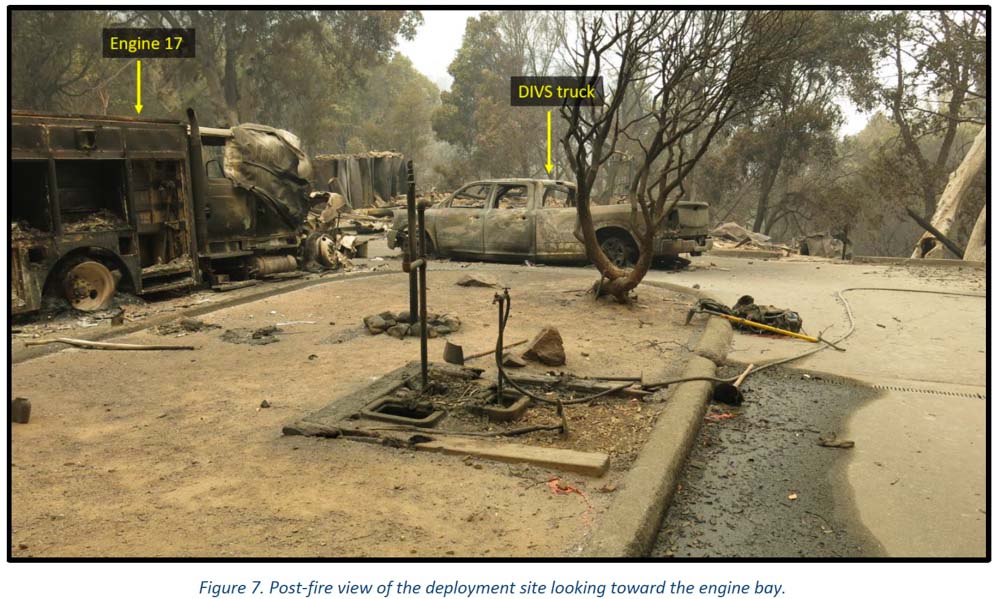
Several “learning reports” have been released by the U.S. Forest Service about the burnover and entrapment one and a half years ago of wildland firefighters at a remote fire station. It occurred on the Dolan Fire on the Los Padres National Forest in Southern California September 8, 2020. Fifteen firefighters deployed into only 13 fire shelters. Four firefighters were injured and three were hospitalized. One had very serious burns.
The Dolan Fire had been burning for weeks but there were about half a dozen other fires in California that were larger, some much larger such as the LNU Lightning Complex, SCU Lightning Complex, CZU August Lightning, and the August Complex.
The Incident Management Team ran a modeling scenario on September 4 which showed that within the next 14 days the probability of the fire reaching the Nacimiento Guard Station was 60 to 80 percent with no delaying tactics. At that time the fire was 3.1 miles away.
The night before the fire reached the station on Nacimiento-Fergusson Road 7 miles from the highway on the California coast, the fire ran for about three miles toward the station, burning 30,000 acres with spot fires three-quarters of a mile ahead. The map below based on infrared data shows the growth in the 26-hour period ending at 2 a.m. on Sept. 8. The fire hit the station between 7 and 8 a.m. on September 8.
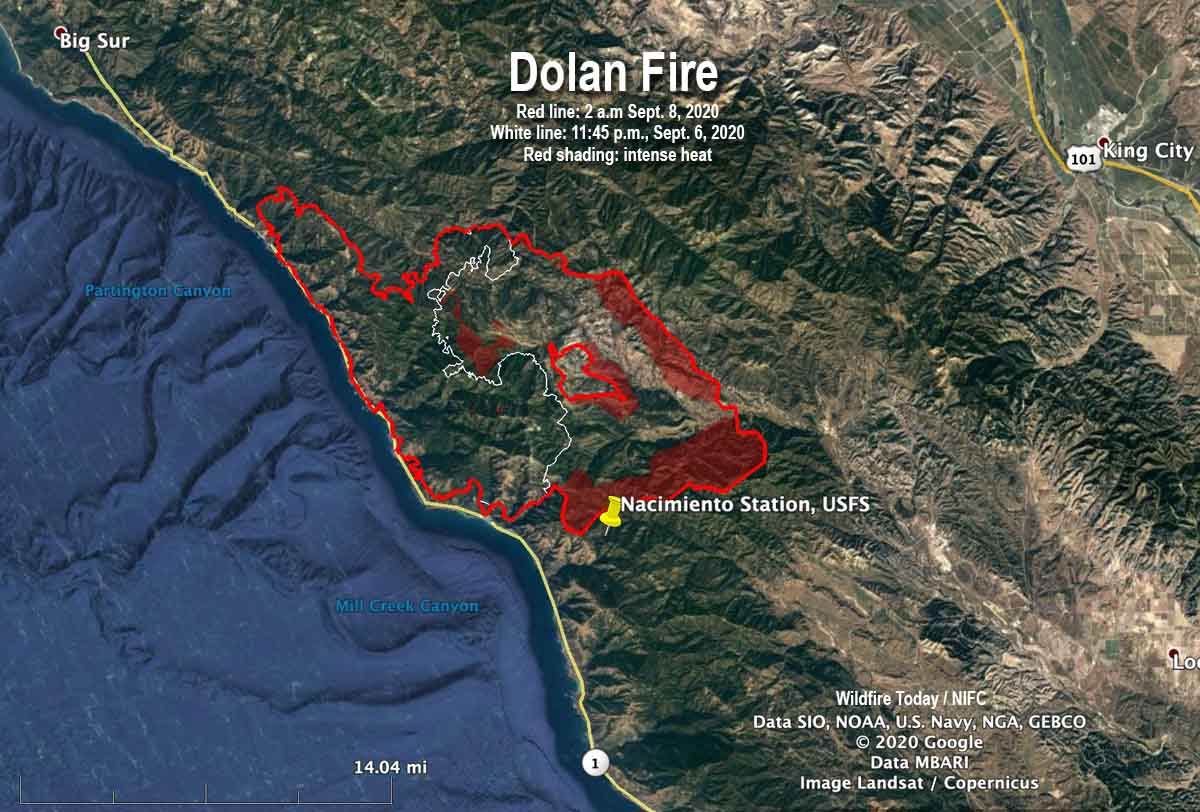
When the fixed-wing aircraft mapped the fire five or six hours before the incident, it had burned about 74,000 acres, more than twice the size mapped the previous night. The sensors on the plane detected intense heat on the southern edge of the fire, 0.7 miles north of Nacimiento Station.
(To see all articles on Wildfire Today about the Dolan Fire, click here: https://wildfiretoday.com/tag/dolan-fire/)
The fire personnel at the station during the burnover included two USFS engine crews, two dozers with operators, and the only Division supervisor working the night shift — due to a shortage of personnel. Other overhead at the fire may have been distracted as a newly established Incident Command Post had to be evacuated and relocated as the fire approached in the middle of the night.
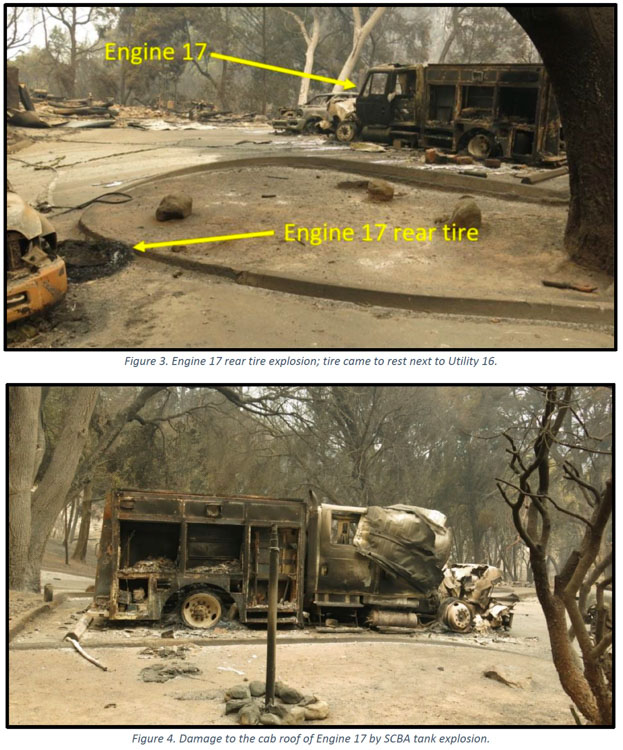
Several of those involved at Nacimiento believed there was no way to defend the station even though a hand crew had cleared some vegetation, a hand line had been dug, and there were hose lays around the structures. With that work done and the fact that the station had survived other fires, some of the locals said they could protect the buildings and the personal belongings and vehicles of the fire personnel who lived there.
Below is an aerial photo of the Nacimiento Guard Station taken almost exactly two years before the burnover. It appeared in an article on Wildfire Today about the entrapment published September 11, 2020.
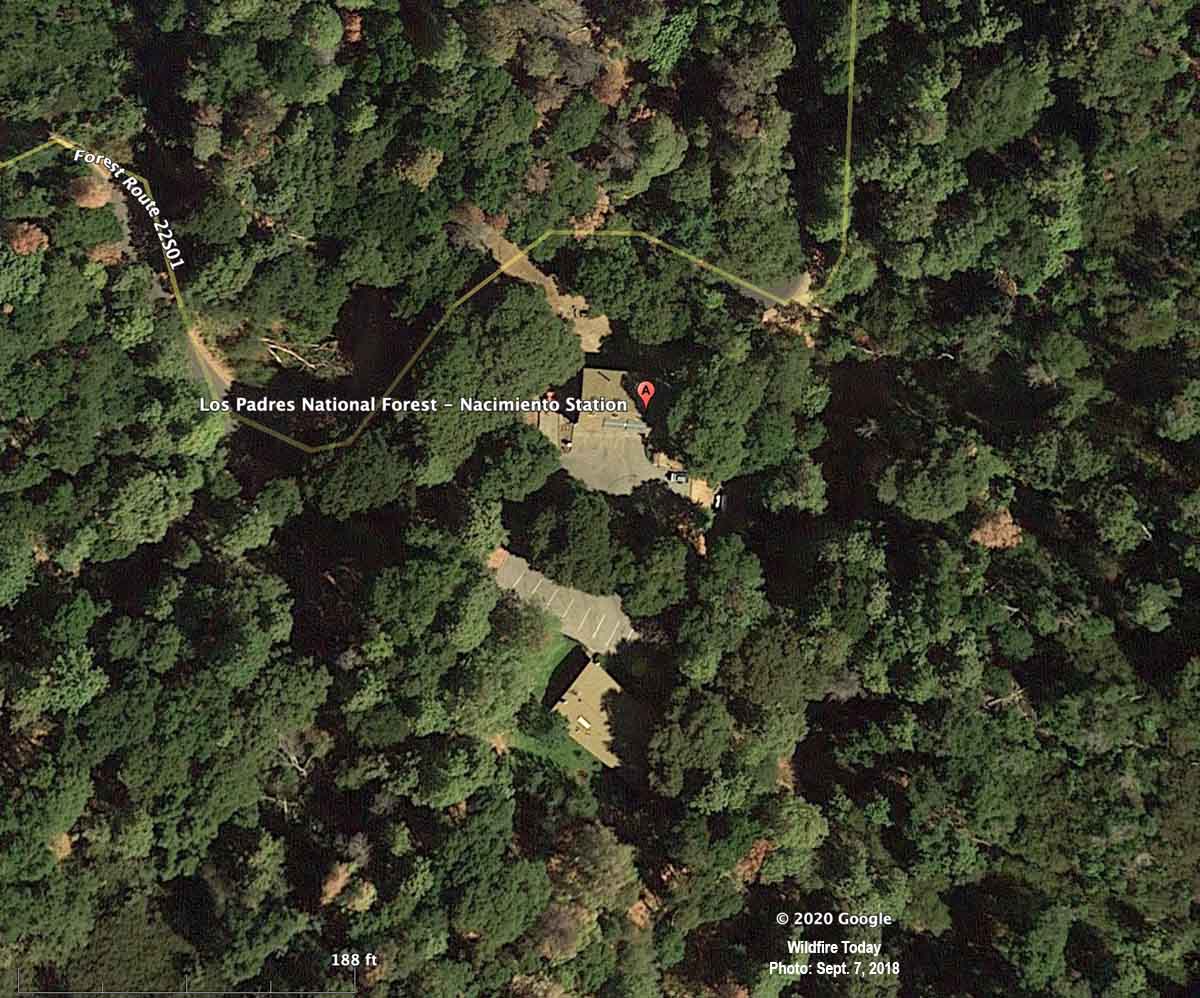
The photo below was taken after the burnover.
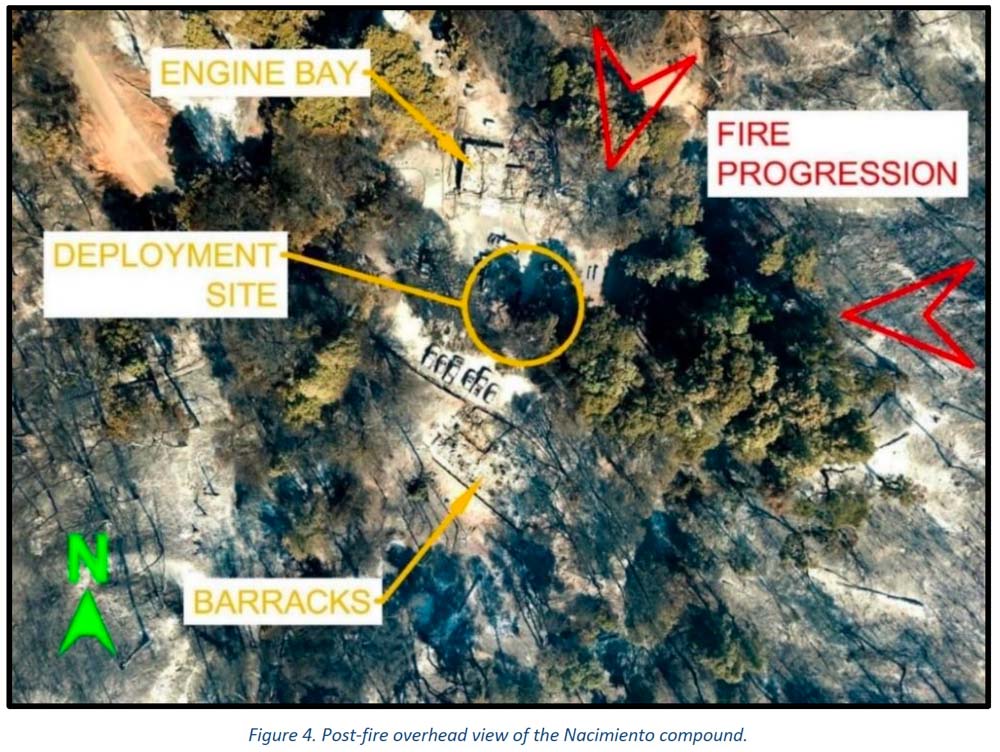
This is the first paragraph in the Learning Review — Narrative:
Smoke is billowing out of the barracks and hot embers are raining down all around. Engine 16 is on fire. The engine bay is on fire. Marty can’t get his pack out of the burning engine, which means he can’t get to his fire shelter. He’s just standing there, and Rene can’t get his attention. She has her shelter out, ready to go. She hits him, but he just stands there. She hits him again, but he still just stands there. Marty is not ready to commit to the shelter; he’s thinking about potential dangers from the propane tanks around them, and that more needs to or could be done. Rene hits him again and pulls down on his shirt to get him down to the ground and into the fire shelter. Rene tucks the fire shelter around him and cinches it in tight under his arms and legs. She takes a quick look around and then climbs in under the shelter with him. Eleven other firefighters are deployed around them in the parking lot of the Nacimiento guard station. The heat inside the shelters was stifling. “I could feel the skin tightening on my face. Mucous was coming out of my nose and eyes, hanging off my chin. I felt like all the fluid was being roasted out of me. My throat was so sore I could barely drink my water.” Everyone is asking the same question: “How did we get here?”
“If we preach it, we should do it.”
The Organizational Learning Report has a section, Theme 3, pointing out that even though the Forest Service has “preached [to homeowners] FireWise concepts for decades” about how to reduce the chances of their houses burning as a wildfire approaches, too many of the agency’s own structures lack FireWise status. The report says, “If we preach it, we should do it. ”
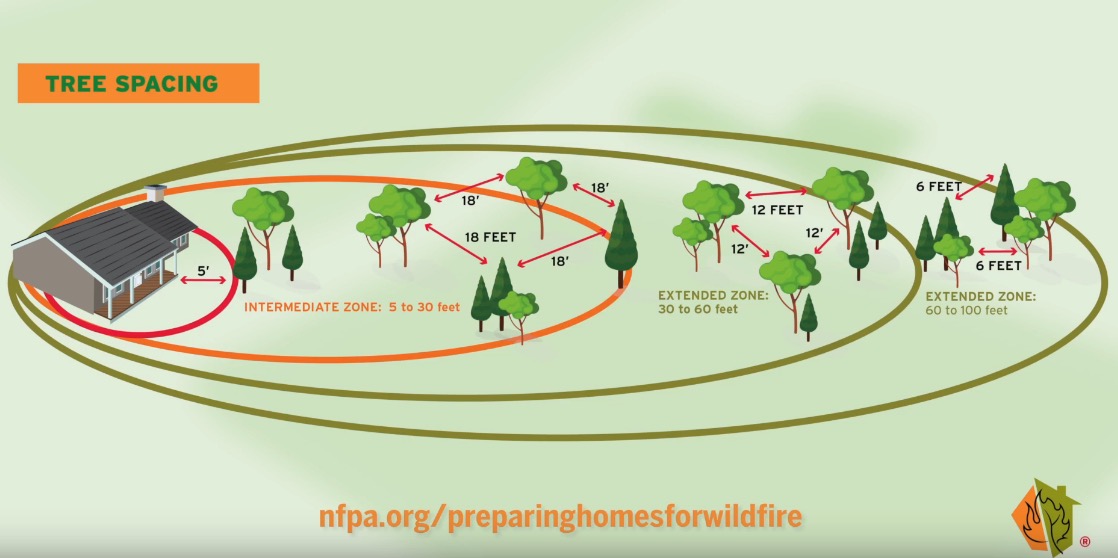
We asked Kelly Martin for her thoughts about the reports on the Dolan Fire. She is the current president of Grassroots Wildland Firefighters and the retired Chief of Fire and Aviation for Yosemite National Park. She replied by text:
The biggest thing that comes to mind is our over confidence in what we deem ‘defendable’ until the time wedge becomes too small to make safe, proactive decisions. The oppressive personal/social pressure to protect treasured places puts us in an untenable situation to champion the notion, ‘not on my watch’ are we going to lose this place. The protection narrative gets repeated and reinforced by the majority who consider it ‘their home turf’ and unfortunately tend to dismiss many ‘outsiders’ objective perspectives on the situation that might help reduce the deep personal attachment to ‘home turf.’ Having ‘Outsiders’ become part of the decision making process can help enhance rational decision making.
Confirmation bias may have been a factor. The fire station survived previous fires, thus lulling us to previous events rather than fully appreciating the situation we now find ourselves in with excessive fuel buildup.
Also, I think the Wildfire Decision Support System (WFDSS) process and further high level local management and Incident Management Team analysis should have spotted this mindset trap early on.
Our Take
The disaster at the Dolan Fire is yet another example where knowing the real-time location of the fire may have made a difference. The Captain who ran the station and some other locals believed that they needed to protect the facility and insisted that they COULD. Others thought differently but were not assertive enough or didn’t have the authority to override that decision. They knew the fire was approaching. But would things have turned out differently with others who didn’t have emotional attachments to the buildings? Or who had real-time intelligence, and could “see” the locations of all resources as well as the entire fire — the very rapid rate of spread, the spot fires ¾ mile ahead, and the intensity? What if the Operations Section Chief, Branch Director, primary Safety Officer, or the Incident Commander had access to real-time video from a drone circling over the fire? Any one of those might have ordered the withdrawal of the engines, dozers, and 15 firefighters hours before they came close to death. They might have said, “Forget the damn structures. Think about the humans. Consider the physical and mental trauma those humans could suffer, perhaps for years.”
The decision to stay or go, in addition to human safety, should have also considered the dollar value of the personal belongings and vehicles of the employees who lived at Nacimiento. They were not evacuated days earlier even though the station was in a mandatory evacuation area. They trusted the Incident Management Team, the Forest overhead, and the Captains. How much will it cost those firefighters, on their meager salaries, to replace their personal vehicles and belongings? Then there is the cost to taxpayers of two engines, two dozers, and at least one pickup truck.
The technology has existed for years to provide real-time video of fires 24 hours a day. The John D. Dingell, Jr. Conservation, Management, and Recreation Act required that by September 12, 2019 the five federal land management agencies “develop consistent protocols and plans for the use on wildland fires of unmanned aircraft system technologies, including for the development of real-time maps of the location of wildland fires.”
While this technology has been demonstrated and used sparingly, such as the FIRIS program, real-time mapping is far from being used routinely.
The Dingell Act also mandated that the five federal land management agencies “jointly develop and operate a tracking system to remotely locate the positions of fire resources for use by wildland firefighters, including, at a minimum, any fire resources assigned to Federal type 1 wildland fire incident management teams,” due by March 12, 2021.
The Bureau of Land Management has installed hardware for Location Based Services (LBS), which are now operational on more than 700 wildland fire engines, crew transports, and support vehicles. Vehicle position and utilization data are visually displayed via a web-based portal or mobile device application. Ten months after it was required by Congress, the U.S. Forest Service has made very little progress on this mandate.
Some other government facilities are also not FireWise
It is not just the Forest Service with structures that do not all meet FireWise standards. When I was an area Fire Management Officer for the National Park Service, two of the parks for which I was responsible were threatened on different occasions by wildfires. Although the threat was low to moderate, I was able to convince the Park Superintendents that hazard reduction and thinning of the trees was necessary, now. It should have already been done, but seeing smoke in the air made it possible to make fast decisions and to get it accomplished very quickly. Up until then, removing any tree near park headquarters was a tough row to hoe. Neither fire spread into the parks, but the long-delayed and badly needed work got done. And I slept better.

I find myself wondering why those dozers were not cutting line around the station. I’m pretty sure there were chainsaws available to cut down the trees in the local area. You had 15 firefighters available. They can do a lot of preparation work in the short time available. And why weren’t the engines flowing water when the fire hit? When the CZU fire hit north of Santa Cruz, firefighters stormed in and in a few short minutes, improved the home defense zone that my cousin had already established. They were also able to tap into the 11,000 gallons of water he had in three tanks. Other home in the neighborhood burned but his survived. But the biggest thing is that station was an example to the homeowners in the area. It would have been a perfect opportunity to show what firewise landscaping looks like. With annual workshops on how to maintain such a landscape. Now, not so much.
You probably didn’t have time to read the reports, but all of your recommendations for those firefighters were carried out to various degrees before the fire hit. Except the dozers did not construct line around the station, but a hot shot crew did. The ember storm, strong winds, and extreme heat overwhelmed them, forcing the firefighters into their fire shelters.
I’m pretty sure fuel reduction according to Firewise would not have made a difference. Whatever happened to LCES? I don’t see an area big enough for a Safety Zone there, given the intensity of the fire. Buildings and vehicles can be replaced, human lives cannot. Very poor decision making there, unfortunately.
Real time fire information is I am sure very good technology, not real sure how you stand this up without a good deal of funding, I would venture to say that the resource on scene had a sense of what the fire was doing real time. Mentioned in the report is adhering to firewise standards, for some reason not sure why we do not practice our own recommendations at some of our sites or should I say a great many sites, all agencies are guilty of this. And all have lost facilities do to inadequate clearing/defensible space along with other factors, I know the NPS has lost some significant historical structures. (Recent)
Someone with authority such as the line safety and someone with no attachment to the station needed to step up and order these folks to leave.
A lot of us have been in very similar situations, during the Old fire BDF 2003, we were the only ones available to defend the Del Rosa work center, we had a water tender private, a mod from Redding IHC and most of DRHS to protect a very large and complex compound, we made a decision to stay and fight the fire under very extreme conditions knowing that our egress would be cutoff. It was the most intense fire fight of my 38 year career, there is much more to the story, but that’s the gist of it, so I get it, we have a very strong and compelling desire to stay and protect our own turf, not sure if I would have opted to stay if the compound was not ours, we lost a tremendous amount of our surrounding community, it was vey hard emotionally on all of us. We did manage to save our compound, as I said it was intense…..
Yes, there were many mistakes made on the Dolan fire, human error, it’s part of the process, a great many that day had their portal moment and nothing will ever be the same….ever…..
Someone needed to be the voice of reason in that situation, and why was the station still open for business, that’s a head scratcher to be sure…..They all knew the fire was most likely going to make the station.
I hope everyone is doing well and getting the assistance they need to cope with the stress……
The John D. Dingell, Jr act can require anything it wants. But if the agencies are not given the funding to accomplish these tasks, they don’t get done. Most of the federal agencies barely have enough funding for basic operations. Getting the projects accomplished while there’s smoke showing is done constantly so that the bill for the project can be charged to the incident.
Firmly agree with Snake. If the Agency is preaching, they ought be the ones teaching…that woodsy “feel good” back in the woods Westward Ho , I “gots” to have my piece of heaven attitude needs to come out to the 21st Century and Regional Foresters OUGHT to be looking at their own real estate and practicing FIEWISE. As I remember, FIREWISE has no teeth. One day, maybe there ought be tough legislation for both folks in government an zoning to start sharing in the pains of the costs of not walking the walk. If we homeowners are getting hit by larger insurance costs, then government agencies ought be hit up with heavier responsibilities and maybe that NFA, NFPA, and Firewise Specialists ought to be LISTENED to in the future…..rather than being poo-pooed even by some in the LMA agencies. The aerial photos speak for themselves! Pretty embarrassing. Don’t be whining for more money…..the money ought to come right from the inside from Force Account money not Fire….”cuz someone didn’t learn their lesson!
The employees won’t be compensated for the loss of their personal property?
When it comes to Fire Smart there is many agencies that need to start walking the talk. A column overhead should not have to be the motivation